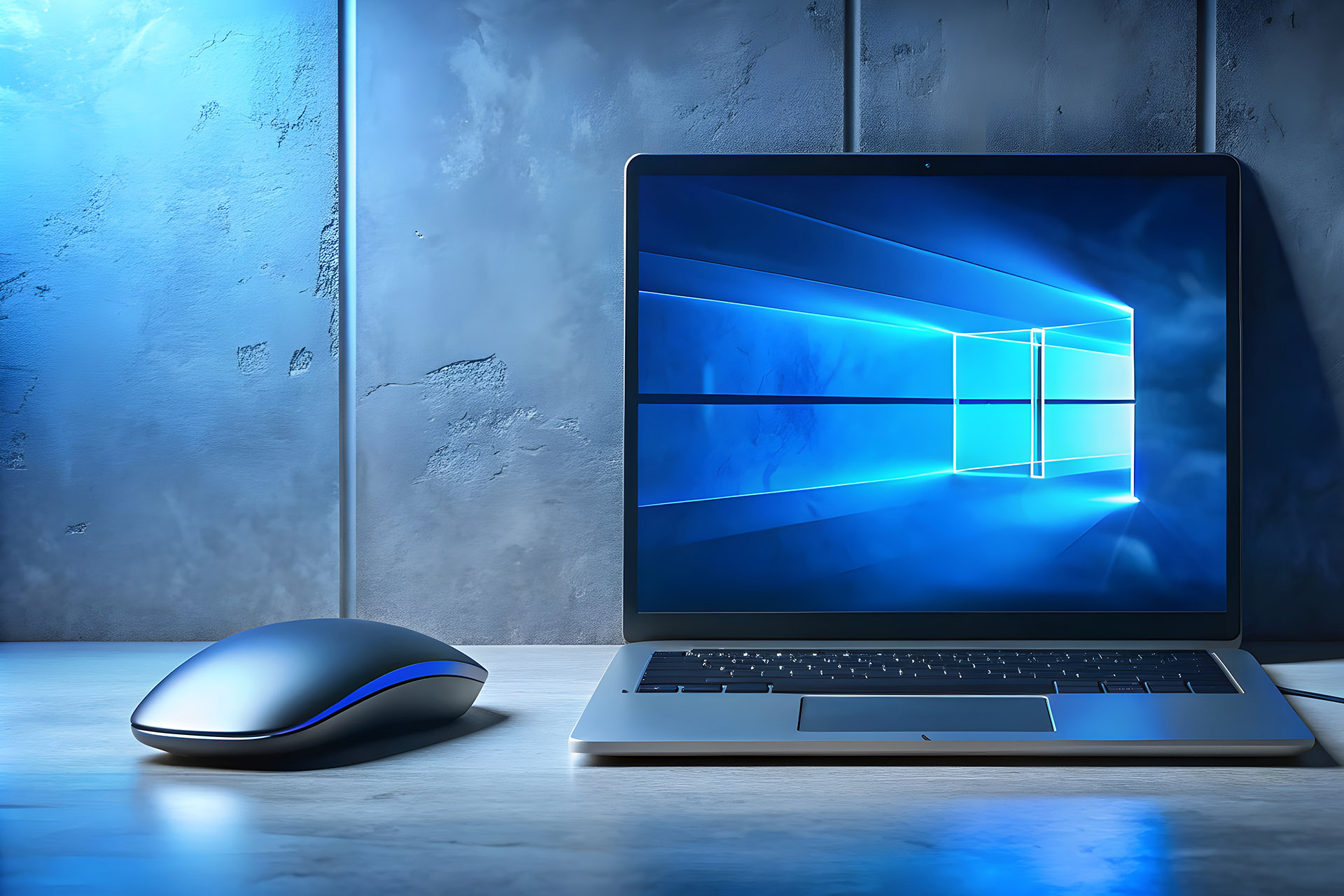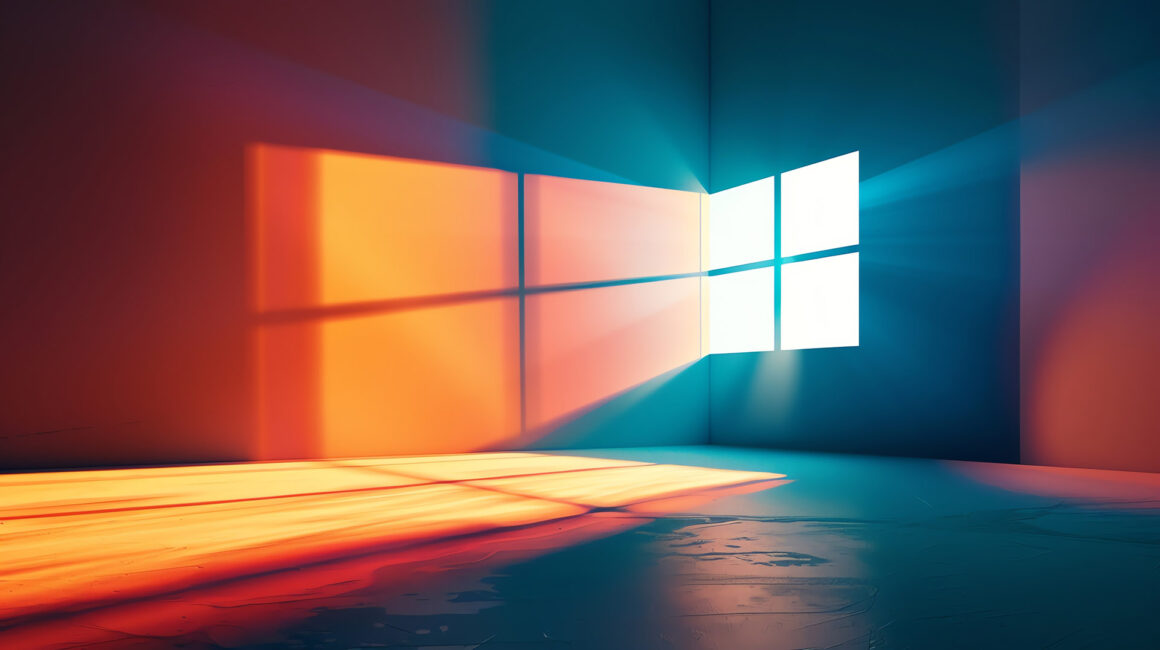Table of Contents
- Can My PC Run Windows 11?
- Windows 11 Compatibility and Why It Matters
- Step 1: Run the PC Health Check Tool
- Step 2: Verify TPM 2.0
- Step 3: Confirm Secure Boot
- Step 4: Check Processor, RAM, and Storage
- Step 5: Decide — Upgrade, Replace, or Wait
- Troubleshooting Common Failures
- Get the Printable Compatibility Checklist
- Ready for Expert Help?
Can My PC Run Windows 11?
With the upcoming migration to Windows 11, one of the first questions most people ask is: “Will my PC even be able to run it?”
It’s an important question—and the right place to begin. Windows 11 has stricter hardware requirements than Windows 10. That means not every device will qualify, and knowing this early will save you time, money, and headaches.
Windows 11 isn’t optional in the long run. On October 14, 2025, Microsoft will officially end support for Windows 10. That means no more security patches or updates—leaving unsupported PCs vulnerable. To avoid last-minute stress, now is the time to confirm if your device is ready.
Here is a checklist of steps to take to ensure you and your equipment are ready for the migration.

Windows 11 Compatibility and Why It Matters
Think of it as the foundation of your upgrade plan. Before you back up files, test apps, or roll out updates across your company, you must first confirm whether your computer—or your entire fleet of devices—meets the baseline requirements.
To check if your PC is compatible with Windows 11, run Microsoft’s PC Health Check tool, confirm TPM 2.0 and Secure Boot are enabled, and verify that the processor, RAM, and storage meet the requirements. If your system passes, you’re ready to upgrade; if not, you may need adjustments or new hardware.
Microsoft set higher standards for Windows 11 than Windows 10, focusing on security, stability, and performance. Here’s why:
- TPM 2.0 protects encryption keys, passwords, and certificates from attackers.
- Secure Boot blocks malware and rootkits during startup.
- Modern CPUs improve efficiency, battery life, and performance.
Without these features, upgrading is either impossible or unsafe. For businesses, incompatible systems can stall migrations, disrupt workflows, and expose sensitive data to unnecessary risks.
Step 1: Run the PC Health Check Tool
Why it matters: A lot of companies overpay for obsolete hardware or underutilized software.
SmartSource helps clients streamline procurement and optimize licensing based on real usage patterns.
Microsoft’s PC Health Check Tool is the easiest way to check your PC’s readiness.
- Download the tool from Microsoft’s official site.
- Open it and click Check Now.
- Review the results:
- “This PC meets Windows 11 requirements” → you’re ready to upgrade
- “This PC doesn’t meet requirements” → see why (often TPM or Secure Boot issues)
If your PC fails, the tool will specify which requirement wasn’t met—giving you a clear next step.
Step 2: Verify TPM 2.0
TPM (Trusted Platform Module) is a security chip that defends against credential theft and ensures encryption integrity.
How to check TPM:
- Press Windows Key + R, type tpm.msc, hit Enter.
- In the TPM Management window, look for Specification Version 2.0.
If TPM is missing, don’t panic. On many systems, it exists but is disabled. Enable it in BIOS/UEFI under “Security” or “Trusted Computing.”
Step 3: Confirm Secure Boot
Secure Boot ensures only trusted software can load when your PC starts.
How to confirm Secure Boot:
- Press Windows Key + R, type msinfo32, and hit Enter.
- In System Information, find Secure Boot State.
- If it says On, you’re compliant.
- If it’s Off, enable it in BIOS/UEFI under the Boot tab.
Step 4: Check Processor, RAM, and Storage
Windows 11 requires minimum performance standards:
- Processor: 1GHz, dual-core, from Microsoft’s supported CPU list.
- RAM: At least 4GB (8GB+ recommended).
- Storage: 64GB free minimum (SSD recommended for faster performance).
How to check:
- Open Settings → System → About for CPU and RAM.
- Open File Explorer → This PC to check storage space.
If your system barely meets requirements, expect slower performance—especially on older hardware.
Step 5: Decide — Upgrade, Replace, or Wait
Once you’ve confirmed compatibility, use this decision tree:
- Upgrade: Your PC passes all requirements. You’re ready to schedule the Windows 11 upgrade.
- Replace: Your CPU is unsupported, or the hardware is too limited. Replacing now avoids downtime before Windows 10 support ends.
- Wait / Adjust: TPM or Secure Boot are disabled but can be turned on in BIOS. Enable them and re-test before making your decision.
Troubleshooting Common Failures
- No TPM detected: Check BIOS for “Intel PTT” or “AMD fTPM” and enable it.
- Secure Boot off: Enable in BIOS, then reboot.
- Unsupported CPU: Likely requires new hardware.
- Not enough storage: Free up space or upgrade to an SSD.
For businesses managing fleets of PCs, SmartSource recommends using tools like Microsoft Intune or Endpoint Manager to audit all devices at once. This speeds up the decision-making process for large migrations.
Get the Printable Compatibility Checklist
Checking one PC is simple. Checking dozens—or hundreds—takes more planning. SmartSource created a printable Compatibility Checklist so you can record results and decide which devices to upgrade, replace, or defer.
Download the Compatibility Checklist (Free)
Ready for Expert Help?
If your PC—or your entire fleet—doesn’t pass, don’t worry. SmartSource can help you:
- Run compatibility checks at scale
- Recommend upgrade vs. replacement strategies
- Create a smooth, secure migration plan
Contact SmartSource today for a Free Compatibility Consultation!
Innovation, Insights, and Industry Trends
View AllUnlock Exclusive Insights and Resources
Stay ahead with our latest in-depth articles, case studies, webinars and valuable resources, all delivered straight to your inbox.
Newsletter
"*" indicates required fields









